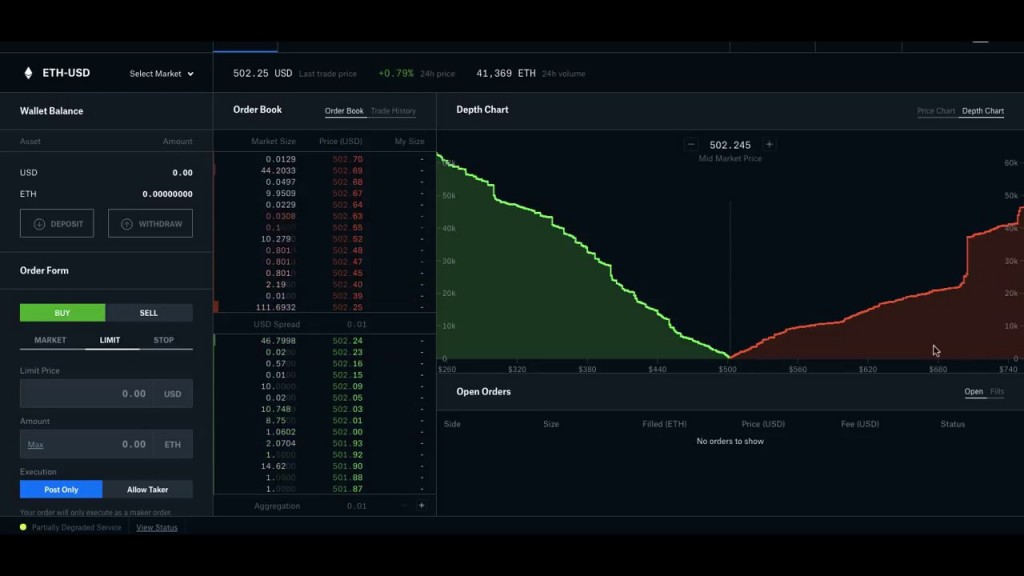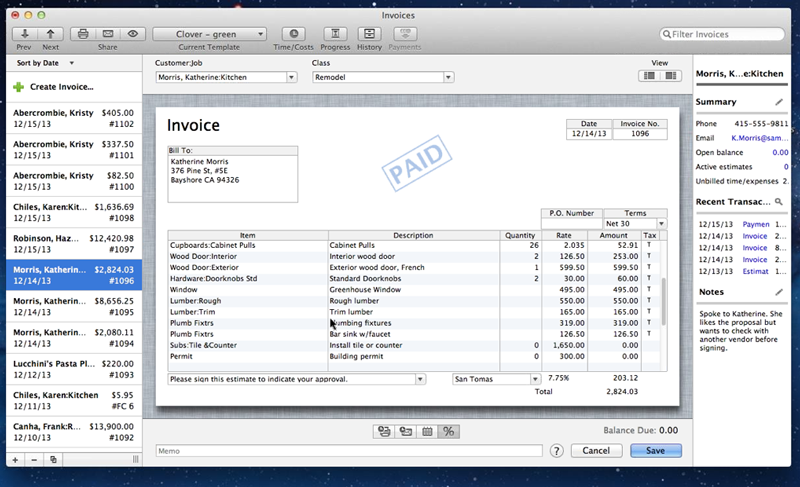


The advantage of this method is that you can use the same rate for an entire period, usually a calendar month, but you should check to see if there have been any adjustments within the period.

This is known as the ‘period rate of exchange’. Exchange rates published by HM Revenue and Customs ( HMRC).The rates published in national newspapers are acceptable. UK market selling rate at the time of the supply.There are 2 standard ways to convert your foreign currency transactions into sterling for VAT purposes. How you convert foreign currency transactions into sterling You can also show your invoice amounts in a foreign currency, but you’ll have to make it clear that for VAT purposes, the value of the supply is the sterling figure, and is not a conversion of the foreign currency amount. The sterling amounts will be what you’ll have to enter into your VAT records. These are ‘advance invoices’ and must be in sterling for VAT purposes. If you issue invoices before you actually supply the goods or services, the date of supply will be in the future. You do not need to show sterling figures for each line on the invoice. the amount of VAT, if any, at each rate.the total net value of goods and services at each VAT rate.If UK VAT is due on the transaction your invoices must also show the following in sterling: You can invoice in any currency for the goods and services that you supply. You must carry out this conversion when you record the transaction in your VAT accounts, so they show the transaction in sterling. But all purchases or sales must be converted into sterling for VAT purposes. You can buy goods and services in the currency of your choice.


 0 kommentar(er)
0 kommentar(er)
